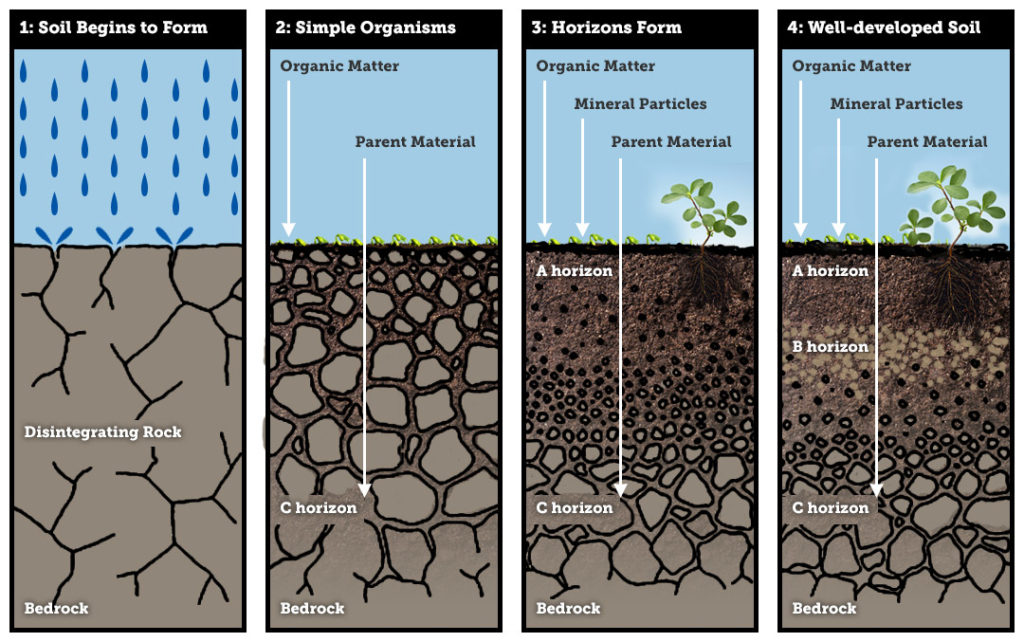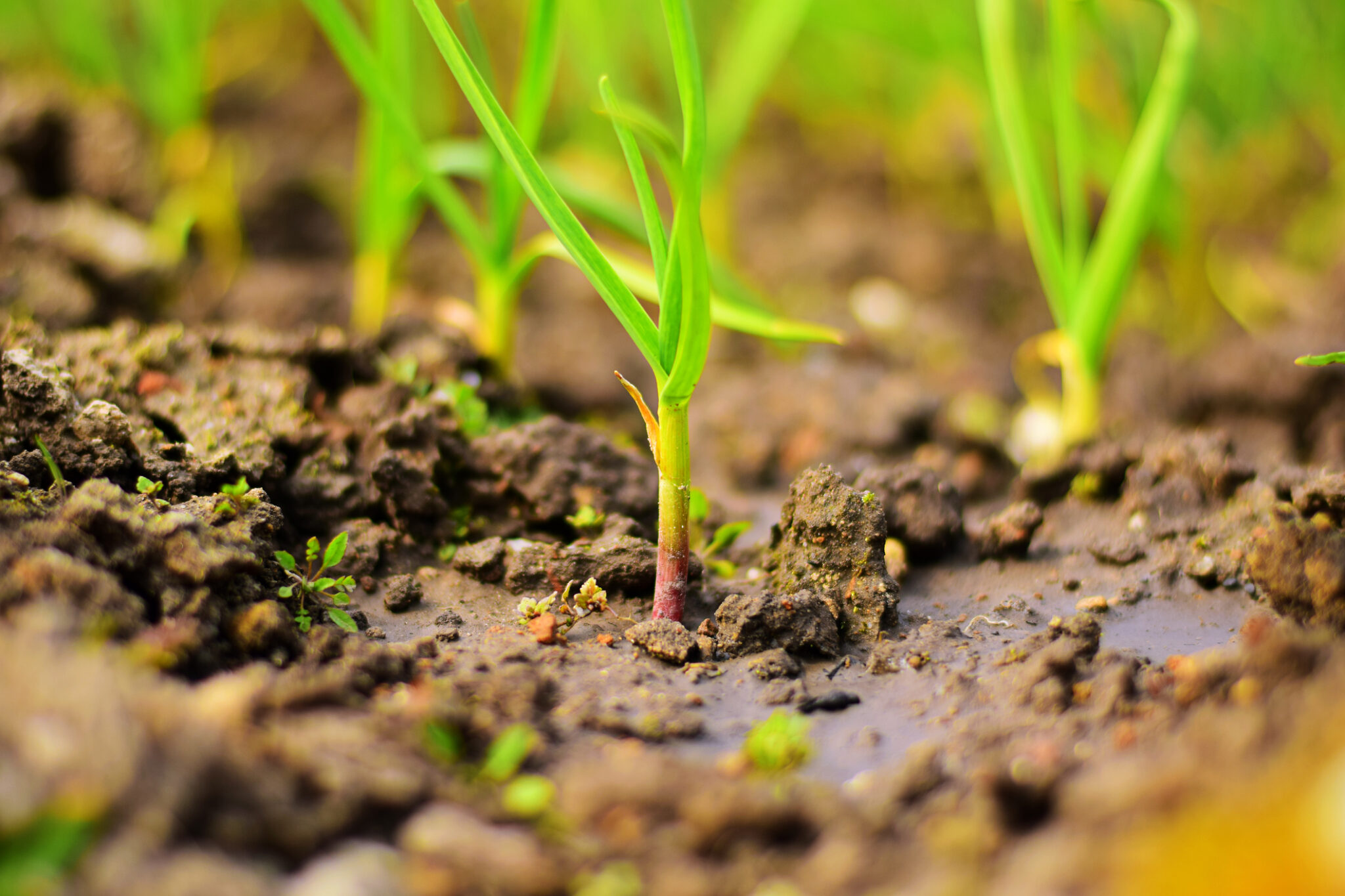When Wet Soil Becomes a Barrier to Gardening
Wet soil is a common problem that many gardeners face, and it can be a significant obstacle to successful gardening. The question “can you plant in wet soil” is a frequent concern, and the answer is not a simple yes or no. Wet soil can lead to waterlogged soil conditions, which can cause roots to rot, reduce plant growth, and increase the risk of disease. In addition, wet soil can also lead to nutrient deficiencies, as the excess water can leach nutrients from the soil. Furthermore, poor drainage can cause erosion and other soil-related problems. Despite these challenges, it is possible to overcome the obstacles of wet soil and create a thriving garden. However, it requires careful consideration and planning to ensure that the soil is properly prepared and the right plants are chosen for the conditions.
Understanding the Risks of Planting in Wet Soil
Planting in wet soil can be a risky endeavor, and it’s essential to understand the potential pitfalls to avoid common mistakes. One of the most significant risks is root rot, which can occur when the soil is waterlogged, causing roots to suffocate and die. Additionally, wet soil can lead to nutrient deficiencies, as the excess water can leach essential nutrients from the soil, making them unavailable to plants. Poor drainage is another significant risk, as it can cause erosion, soil compaction, and other soil-related problems. Furthermore, wet soil can also increase the risk of disease, as many plant diseases thrive in moist conditions. To successfully plant in wet soil, it’s crucial to understand these risks and take steps to mitigate them. By doing so, gardeners can reduce the likelihood of failure and create a thriving garden, even in challenging soil conditions. Remember, the question “can you plant in wet soil” is not just about whether it’s possible, but also about how to do it successfully.
How to Prepare Wet Soil for Planting
To successfully plant in wet soil, it’s essential to prepare the soil properly. The first step is to improve drainage, which can be achieved by adding organic matter such as compost or well-rotted manure. This will help to break up clay soils and improve the soil’s structure, allowing excess water to drain away more efficiently. Aeration is also crucial, and this can be achieved by digging in some sharp sand or grit to improve the soil’s porosity. Additionally, soil amendments such as perlite or vermiculite can be added to improve the soil’s water-holding capacity and reduce the risk of waterlogging. It’s also important to test the soil’s pH and nutrient levels, and make any necessary adjustments before planting. By following these steps, gardeners can create a well-draining, fertile soil that is ideal for planting, even in wet conditions. Remember, the key to successful planting in wet soil is to create a soil environment that is conducive to healthy plant growth, and with the right preparation, the answer to “can you plant in wet soil” is a resounding yes.
Choosing the Right Plants for Wet Soil
When it comes to planting in wet soil, selecting the right plants is crucial for success. Fortunately, there are many plants that thrive in wet soil conditions, and by choosing these plants, gardeners can increase their chances of success. Bog plants, such as cattails and horsetails, are ideal for wet soil, as they are adapted to survive in waterlogged conditions. Aquatic plants, such as water lilies and irises, are also well-suited to wet soil, and can add beauty and interest to a wet soil garden. Additionally, there are many plants that are tolerant of excess moisture, such as astilbe, bee balm, and foxglove, which can thrive in wet soil conditions. When selecting plants for a wet soil garden, it’s essential to consider their specific requirements, including sunlight, nutrient, and water needs. By choosing the right plants and providing them with the right conditions, gardeners can create a thriving and beautiful garden, even in wet soil. Remember, the key to success is to choose plants that are adapted to wet soil conditions, and with the right selection, the answer to “can you plant in wet soil” is a resounding yes.
Designing a Wet Soil Garden: Tips and Considerations
When designing a garden in wet soil, it’s essential to consider the unique challenges and opportunities presented by this type of soil. One of the most important considerations is layout, as a well-designed layout can help to improve drainage and reduce the risk of waterlogging. Raised beds or mounds can be particularly effective in wet soil, as they allow for better drainage and aeration. Additionally, incorporating features such as French drains or swales can help to manage excess water and prevent waterlogging. Soil preparation is also critical, and gardeners should focus on improving the soil’s structure and fertility through the addition of organic matter and other amendments. Irrigation management is also key, as overwatering can be detrimental to plants in wet soil. By carefully considering these factors, gardeners can create a thriving and beautiful garden, even in wet soil. Remember, with proper design and planning, the answer to “can you plant in wet soil” is a resounding yes, and a successful and productive garden is within reach.
Common Mistakes to Avoid When Planting in Wet Soil
When it comes to planting in wet soil, there are several common mistakes that gardeners can make, which can lead to poor plant growth, disease, and even crop failure. One of the most common mistakes is overwatering, which can exacerbate the already waterlogged conditions and lead to root rot and other problems. Another mistake is poor drainage, which can cause water to collect in the soil and prevent plants from getting the oxygen they need. Inadequate soil preparation is also a common mistake, as it can lead to nutrient deficiencies and poor soil structure. Additionally, failing to choose plants that are tolerant of wet soil conditions can also lead to poor results. By avoiding these common mistakes, gardeners can increase their chances of success and create a thriving garden, even in wet soil. Remember, with careful planning and attention to detail, the answer to “can you plant in wet soil” is a resounding yes, and a successful harvest is within reach.
Wet Soil Planting Strategies for Specific Crops
While wet soil can present challenges for many crops, some plants are more tolerant of excess moisture than others. For example, tomatoes can thrive in wet soil if they are provided with adequate support and aeration. To plant tomatoes in wet soil, gardeners should focus on improving drainage and reducing waterlogging through the use of raised beds or mounds. Additionally, using a well-draining potting mix and providing adequate spacing between plants can help to prevent disease and promote healthy growth. Peppers, on the other hand, are more sensitive to wet soil and may require additional care, such as the use of mulch to improve drainage and reduce soil temperature. Cucumbers, which prefer well-draining soil, can also be grown in wet soil if gardeners take steps to improve drainage and aeration, such as using a trellis or cage to elevate the plants and improve air circulation. By understanding the specific needs of different crops and taking steps to address the challenges of wet soil, gardeners can successfully grow a wide range of plants, even in challenging conditions. Remember, with the right strategies and techniques, the answer to “can you plant in wet soil” is a resounding yes, and a bountiful harvest is within reach.
Conclusion: Successful Planting in Wet Soil is Possible
In conclusion, planting in wet soil can be a challenging task, but with the right strategies and techniques, it is definitely possible to achieve success. By understanding the risks and challenges associated with wet soil, gardeners can take steps to prepare the soil, choose the right plants, and design a garden that thrives in these conditions. Whether you’re growing tomatoes, peppers, cucumbers, or other crops, the key to success lies in careful planning, attention to detail, and a willingness to adapt to the unique demands of wet soil. Remember, the answer to “can you plant in wet soil” is a resounding yes, and with the guidance provided in this article, gardeners can overcome the obstacles and enjoy a bountiful harvest. By following the tips and advice outlined here, gardeners can turn a potentially problematic situation into a thriving and productive garden, even in the most challenging of soil conditions.







